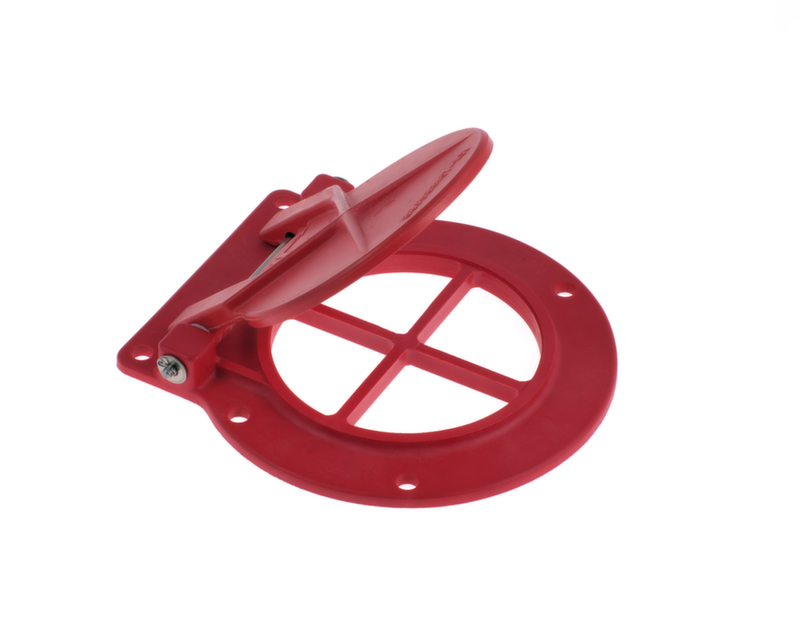Injection molding offers an effective, efficient way to mass product products. Ranging from automotive equipment to toys, injection molding allows businesses of all sizes to stay on top of the manufacturing process. But how does this rapid plastics method work? For anyone interested in injection molding basics, it is necessary to understand how the entire process unfolds and what goes into making sure it works as it should.
Melting the Plastic
The plastic used inside of the injection process comes in small, granule form. These are more or less pieces of plastic of similar shape and color. The plastic granules are poured into a hopper, which is a large, funnel like container that deposits the plastics into a rotating barrel. This barrel is grooved like an over-sized screw. This way, the plastic rotates along with the barrel but does not become stuck or shift in positioning along the barrel. By using the threading of the reciprocating screw, it also prevents premature bottle necking.
With the rotating screw threads using the plastic forward, an internal heater element increases the internal temperature of the barrel, melting the plastic down to a liquid. The plastic granules come to a point at the end of the barrel called the nozzle where it awaits injection.
Injecting the Mold
On the opposite side of the nozzle is the mold cavity. This is a universal opening designed to contain the mold. The mold comes from a manufacturer designer and is the blueprint for all replications. The melted plastic is injected through the mold cavity into the mold. Once the mold is full of the plastic a moveable platen, which the mold is positioned on top of, rotates outwards. During this process the mold is cooled and the product constructed from the plastic and mold is ejected out of the mold. The plastic is cooled quickly in order to ensure no additional melting or alteration in the shape of the final product occurs. From here, the process repeats itself continually.
The Speed of Production
Plastic injection molding makes it possible to drastically increase the speed of production. A company is able to produce as many or as few items as it needs. Each final product can be constructed and cooled in a matter of seconds, based entirely on the size of the product and amount of plastic used. Very little human interaction is required during the process.

